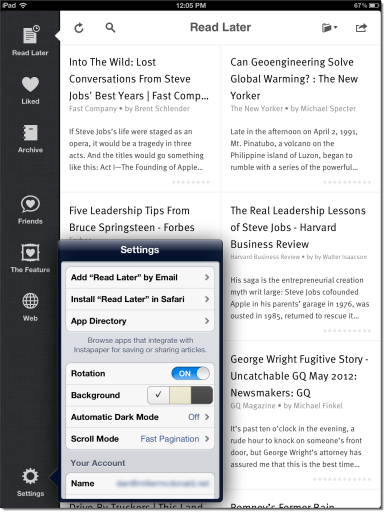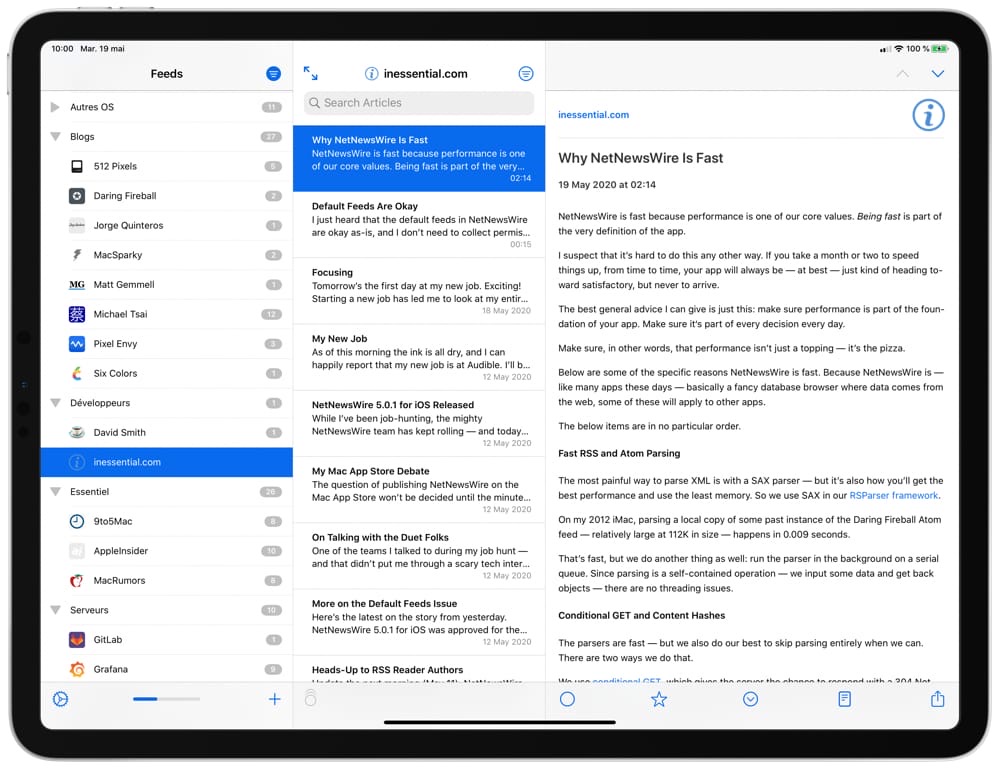
#Netnewswire account mac#
An Account is what you think it is: it’s an On My Mac (or iPhone or iPad) account or it’s an account that connects to a syncing system (such as Feedbin or Feedly). The last in-app framework is amework, and it depends on everything below it. ArticlesDatabase stores actual articles data SyncDatabase stores data used to implement syncing. Articles depends on nothing else in the app.Īamework and amework depend on Articles. The bottom layer is amework, which is the data model for articles, article status, authors, and so on.

We continue our bias, inside the app itself, toward using actual frameworks. If so, then great, but there’s no rush.) In-app Frameworks It would be great to switch to Swift Package Manager, but I’m not sure if that has all the features we need yet. In NetNewsWire we treat these as Git submodules. I don’t have to pull the latest RSCore before working on RSDatabase, for instance. I don’t have to worry that a change in one affects another one. The lack of dependencies promotes reuse - not just by me, among my projects, but by other people too. They don’t even depend on each other - they don’t depend on RSCore, for instance, though you might have expected that they do. These are built as frameworks: amework and so on.Įach of these is in a standalone repo and is useful on its own.

Starting at the bottom level are the submodules: RSCore, RSDatabase, RSParser, RSTree, and RSWeb.

When writing an iOS or Mac app - or an app that’s both, as in this case - I like to 1) break up the app into separate components, and 2) make those components depend on each other as little as possible, and 3) when there are dependencies, make them clear and sensible. I don’t claim that this is a beautiful diagram, and it might scale weirdly, but it does show how NetNewsWire is layered.


 0 kommentar(er)
0 kommentar(er)
